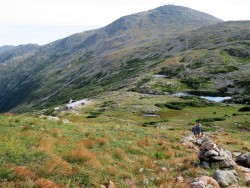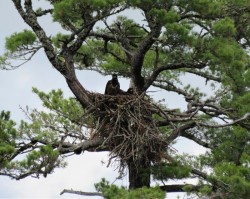History of Berlin, New Hampshire and a Northern Forest Photo Gallery
Sally Manikian, the conservationist featured in The Space Between, found home in the Androscoggin Valley region after finding work as a reporter for the Berlin Reporter. The town of Berlin continues to adapt to challenges and changes common to Northern Forest mill towns. Here, we share more on the history of Berlin and how the logging industry shaped communities in the region, followed by a photo gallery featuring images by Meghan McCarthy McPhaul.
From a story in our archives (Rebecca Rule, A Brief History of the Brown Paper Company, Northern Woodlands, Summer 2012):
If you were born before 2007, you know that Berlin and the paper industry were inexorably linked. For 150 years, some version of the Brown Paper Company provided opportunity and steady work for thousands of men and women. The loggers, the truck drivers, the inventors, the mill workers all spent their money locally, supporting local businesses from bars to bowling alleys.
The town revolved around the mill for so long there’s nothing else to remember before it, at least in any organized sense. Before Brown, Berlin – the city that trees built – was just trees. In 1851, the Grand Trunk Railway connected the upper Androscoggin Valley – that vast forest north of the White Mountains and south of Canada – to the shipyards and railyards of Portland, Maine. Soon, lumber and lumber products (shingles, window frames, wood ashes, laths for plaster and lath walls, and pickets for fences) were being shipped to distant markets. Businessman W. W. Brown took notice, and in 1868 he established the Berlin Mills Company, later Brown Paper, in Berlin. The town took off and didn’t look back.
Oral history video (with vintage footage from various eras) by Historic New England.
And here's a comprehensive history of the mills.














